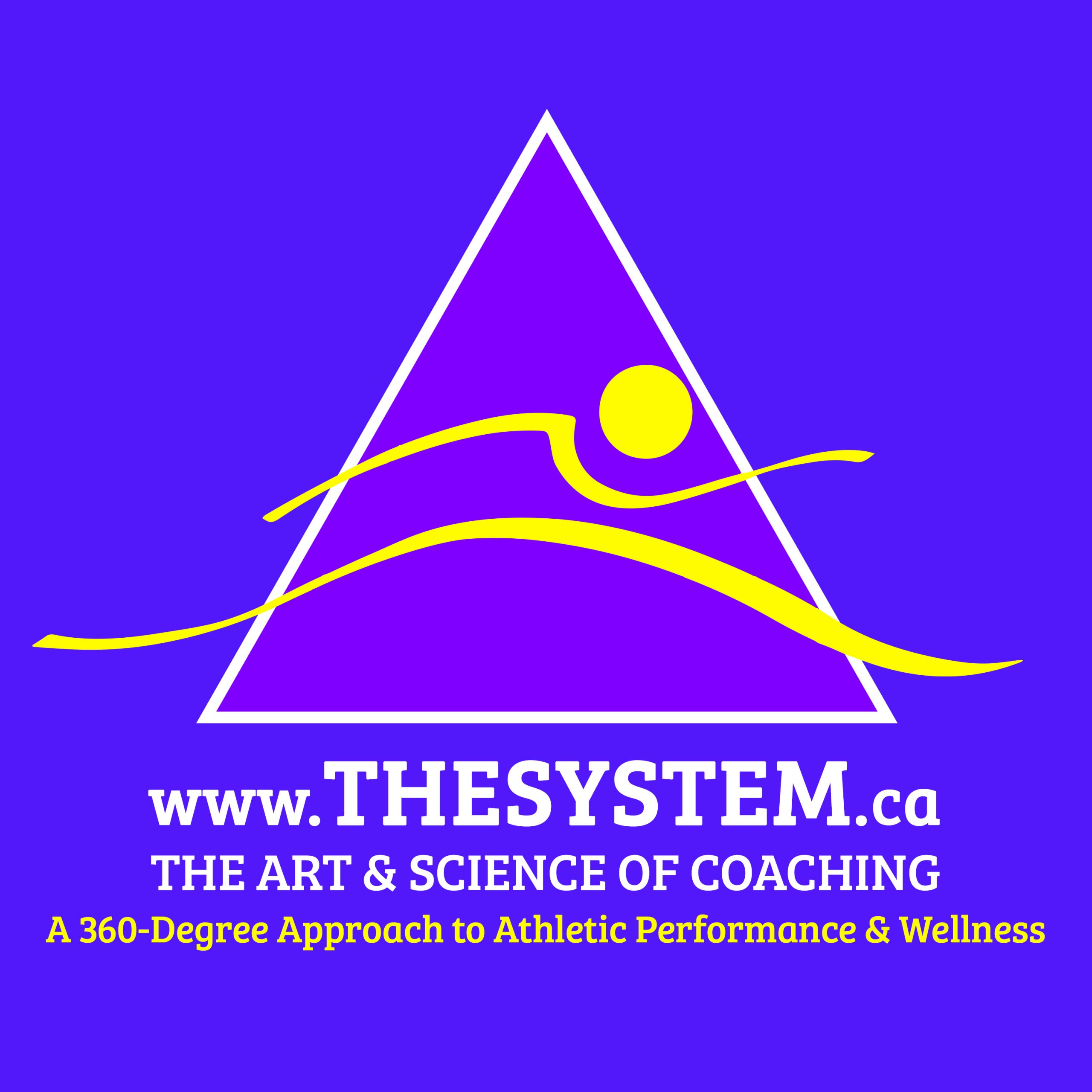786
We at The System have seen different types of scar tissue, ranging from “knots” to deep keloid scars.
“Not all scar tissue is the same”
A FEW THINGS ABOUT SCARS
- Scars can create abnormal “fields of electrical disturbance” which influence the autonomic C.N.S.. This disturbance could potentially produce proximal and distal problems.
- The connective tissue (fascia) beneath certain types of scars can restrict normal range of movement (i.e. akin to wearing a tight sweater), and thus alter neuro-muscular firing patterns. This can obstruct the normal network of blood, lymph, and nerve flow, thus causing the alteration in the micro-architecture of the area. This scenario leads to the formation of trigger points and ultimately pain.
- Scar tissue, as noted above, can be a significant cause of chronic illness.
- Scars are a part of the healing cascade.
- Scars can be produced via: trauma, surgery, chronic inflammation, blood flow impairments, and by nerve flow impairments.
- Some scars are more visible (i.e. on the surface of the skin), but also could be cosmetically non disruptive to the fascial fabric of the body.
- Some scars are invisible (i.e. deep in the body’s organs and cavities).
- Some scars are painful to the touch, while others are only painful upon movement.
- Some scars, both visible and / or invisible, can restrict movement & function by creating abnormal electro-sensory field disturbances in the fascial matrix (i.e. connective tissue) of the body, thus sometimes creating “phantom pain, tissue distortion & function” either at the site of the scar and / or very distal from the area of insult. A majority of these types of scars can influence the involuntary Autonomic C.N.S..
- Most practitioners and athletes alike do not fully understand the nature of scars and their relationship to chronic illness.
“Shape determines Function and Function determines Shape.
- Some scar tissue is very superficial, while others are very deep and transcend three-dimensionally into the whole body creating distortions involving not only soft tissue, but osseous and visceral structures as well. In this post we will describe the different types of scar tissue we have encountered, and how we have dealt with them.
TYPES OF SCARS
1. MUSCLE KNOT – An area of muscle tissue that has gone into spasm due to either a lack of electrolytes or an over weakness in the antagonistic muscles along with an over contraction of original muscle or an alteration in the kinetic chain (usually very distal to the site of the cramp). Note these are possible solutions from the short list! 7
TREATMENT – Positional Muscle Release (i.e. shorting the muscle belly and placing gentle but sustained pressure on the knot – Muscle Jostling – Golgi tendon relaxation with possible Deep Soft Tissue Release on the antagonistic muscle – Strengthen the weak muscles that are in close proximity.
2. BROAD FASCIAL SCAR – A consequence of prolonged chronic overuse and a lack of lymphatic return flow from the area. Most individuals are not even aware that they have it. This type of scar tissue can extend itself very broadly, covering, sometimes, whole areas of the body.
TREATMENT – Soft Tissue Release (STR) or A.R.T., Trigenics, GRASTON / Gu Sha technique (muscle stripping) – broad based DEEP EFFLERLAGE over the area (i.e. “flush” massage) – Massage Stick – Epsom salt bath in very warm water – dry sauna – dry brushing.
3. SUPERFICIAL BROAD FASCIAL SCAR TISSUE – As in the previous type of scar tissue, most individuals will not even be aware they have it. Nonetheless, this type of scar tissue is very local, usually confined to inter-muscular regions (i.e. “muscles that are stuck together”).
TREATMENT – Soft Tissue Release (STR) or A.R.T., Trigenics, GRASTON / Gu Sha technique (muscle stripping) – broad based DEEP EFFLERLAGE over the area (i.e. “flush” massage) – Massage Stick – Epsom salt bath in very warm water – dry sauna – dry brushing, self-directed stretching (holds of 2 to 10min. at 2 to 3 / 10 intensity). 8
4. SURFACE KELOID SCAR (POST SURGICAL SCAR) – This type of scar is the consequence of some sort of surgical procedure that was done to the muscle (i.e. cutting of muscle). The scar that forms is raised, but it does not penetrate too deep. The scar may be reddish in colour.
TREATMENT – LASER, ROSEWOOD OIL, CROSS-FRICTION, GRASTON / Gu Sha technique (muscle stripping). Soft Tissue Release (STR) or A.R.T. Micro-current.
5. DEEP KELLOID SCAR (POST SURGICAL SCAR) – This type of scaring is similar in nature to the previous on, but this time the surgeon’s knife has penetrated right down, in and around the visceral organs and / or bone.
TREATMENT – LASER – ROSEWOOD OIL – GRASTON / Gu Sha – CROSS-FRICTION – DEEP EFFLERLAGE, Soft Tissue Release (STR) or A.R.T. Micro-current, Mechanical Link / Matrix Re-Patterning.
6. THREE DIMENSIONAL BROAD BASED ANATOMICAL SCAR – This type of scar tissue eludes about 99% of all practitioners who work with soft tissue. It is literally related to body contortion as a result from some sort of collision type injury and / or concussion. It sometimes has far reaching aspects to it (i.e. influenced by both emotional, physical and spiritual realms), so much so, that it can have its hand in the first three types of scars we mentioned earlier.
TREATMENT – POSITIONAL VECTORIAL TISSUE UNWINDING THAT TAKES INTO ACCOUNT EYE POSITION, JAW POSITION, THOUGHT PATTERN, BODY POSITION AND / OR STAGE OF BREATH (i.e. the three phases of inhalation & exhalation- beginning – middle – end – total of 6 possible stages). The amount of force that is directed towards the source, once all the tissue vectors are located and “stacked-up”, is incredibly minimal, no more than the weight of a Canadian $2 coin! – Micro-current, Mechanical Link / Matrix Re-Patterning – Epsom salt bath in very warm water – dry sauna – dry brushing.



